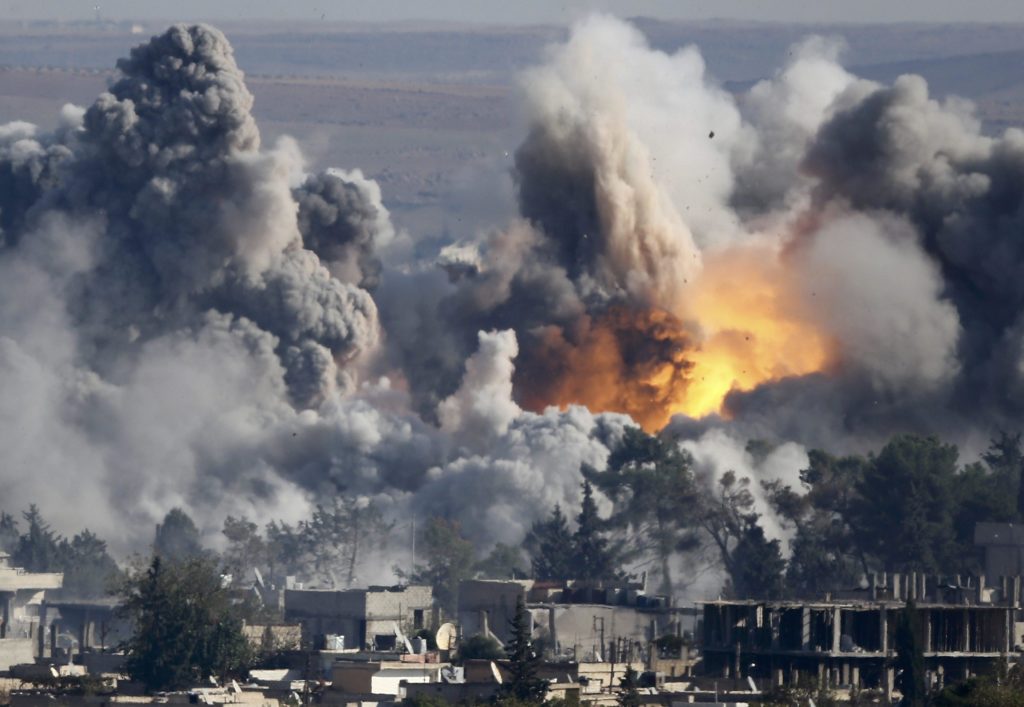LISTEN TO TLR’S LATEST PODCAST:
By Saagar Enjeti
Less than 1 percent of the nearly 18,000 U.S.-led coalition airstrikes on the Islamic State in Iraq and Syria yielded reports of possible civilian casualties, according to the Pentagon’s monthly civilian casualty assessment.
Of the less than one percent of strikes that resulted in possible civilian casualties, only a small fraction involved confirmed deaths of civilians, the Pentagon reports. The assessment found .24 percent of the total number of strikes resulted in confirmed deaths of civilians. Since coalition strikes began in August, 2014, the Pentagon concluded 229 civilians have been killed.
The reports numbers may rise after the Pentagon’s review of a March 17 airstrike supporting the Iraqi Security Forces’s advance on the city of Mosul. The strike apparently played a role in collapsing a building that resulted in the death of nearly 200 civilians. The U.S. believes ISIS intentionally placed them in the basement of the building to embarrass the U.S. with civilian casualties.
“My initial assessment is that we probably had a role in these casualties,” commander of the U.S. mission in Iraq Army Lt. Gen Stephen Townsend told reporters. Townsend clarified that the types of U.S. munitions used should not have collapsed the structure, indicating ISIS booby traps may have played a role.
“What you see now is not the use of civilians as human shields,” Army Col. Joseph Scrocca said of ISIS’s tactics. “Now it is something much more sinister.” Civilian casualty incidents may multiply as the U.S. supports the most brutal phase of the Iraqi Security Force advance on Mosul. The Iraqi’s are currently assaulting the most crowded and narrow part of Mosul in what has turned into a bitter urban slog.
Nearly 400,000 civilians remain inside ISIS controlled Mosul, and they may be used increasingly as human shields as ISIS hangs on to the last of its territory in Iraq. “We go out of our way to always do everything humanly possible to reduce the loss of life or injury among innocent people,” Secretary of Defense James Mattis told reporters after the March 17 incident.

